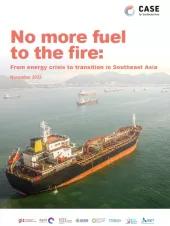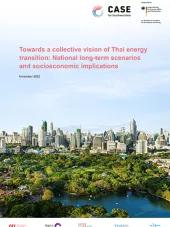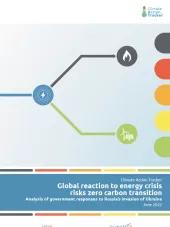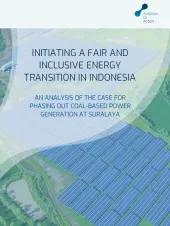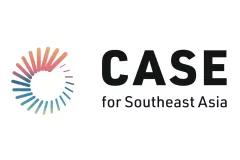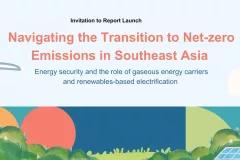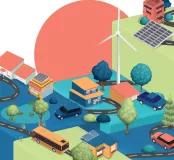A new research brief underscores that rapid expansion of renewable electricity and electrification of energy end users are essential, not only to achieve climate mitigation targets but also to boost energy security and economic development across Southeast Asia. Focusing on Indonesia, Thailand, Viet Nam and the Philippines – four countries that are part of the project “Clean, Affordable and Secure Energy for Southeast Asia” (CASE) – the brief analyses net-zero pathways under two different decarbonisation scenarios – one centred on reducing fossil fuel use through the deep electrification of energy demand, and the other achieving these reductions through the use of renewable gases such as hydrogen.
Key findings
The use of fossil gas must decrease quickly in the power sector, remain low overall and phase out in the long run to meet growing energy demand at lower costs, while aligning with climate commitments.
Adequate transition pathways for fossil gas are not yet adequately integrated into the energy sector roadmaps of Indonesia, Viet Nam, Thailand, and the Philippines. In fact, all four countries plan to add gas-fired power generation over the next decade, even in countries where fossil gas currently plays a limited role. Furthermore, strategies often rely on technologies to abate mid-term power sector emissions, such as blending hydrogen or ammonia, or capturing downstream emissions at the power plant level through CCS. Such wagers involve significant technological, economic and environmental risks, and expose countries to higher energy imports, which heightens the challenge of achieving net-zero targets.
Electrification is the most efficient solution for replacing fossil fuels in end-use sectors, and the use of hydrogen should be limited to specific cases.
The electrification of energy end-use is critical for realising any net-zero pathway. Pathways that first convert electricity to hydrogen or its derivatives are highly electricity-intensive. Such alternative gaseous fuels will likely remain scarce and expensive, and thus their use should be reserved for specific cases where electrification solutions are less readily available, such as in industry process like streel production. Directly using renewable electricity enhances overall energy system efficiency and reduces the need for gaseous energy carriers. Across all sectors, technologies and processes that use electricity (e.g. electric vehicles, heat pumps and electric boilers) are already widely available and commercialised.
The speed of renewable energy deployment, particularly solar power, needs to accelerate significantly and go beyond current government plans to align with net-zero targets.
Solar is the renewable energy resource with the most potential in Southeast Asia. Wind power plays a less prominent role, except in Viet Nam, which has considerable offshore wind potential, and in the Philippines. Given the region’s geographical constraints and limited land availability, there is a need to explore technologies that are not yet widely adopted, including offshore wind (especially floating solutions), agrivoltaics, and floating PV. As such, the potential for the domestic production of renewable hydrogen for export purposes using current technologies is relatively limited. In fact, the region could likely become a net importer of green hydrogen from more competitive regions like Australia.
As renewables displace fossil fuels, system flexibility becomes the cornerstone of energy security.
In a decarbonised future, the energy systems will need to be more flexible to accommodate the shift in energy carriers and to meet new electricity demand patterns. A reliable and affordable system that integrates more renewables will require more electricity storage, enhanced demand-side management, and improved grid infrastructure.



